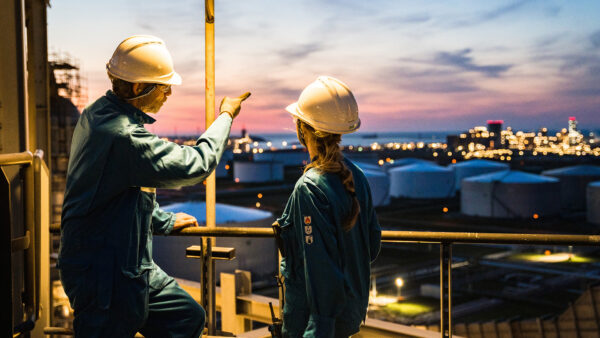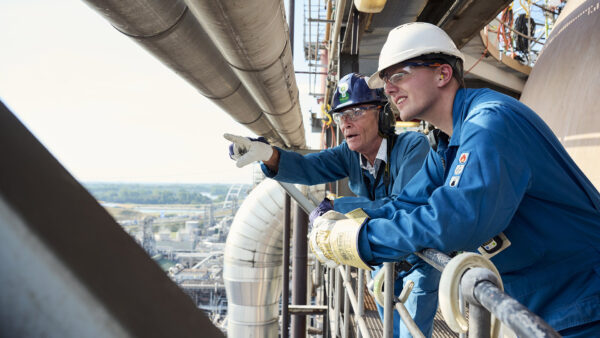This year marks a quarter into the 21st century and halfway to 2050, the widely accepted target for net-zero emissions to limit global warming. How are we doing? What’s going right and what’s going wrong? It is probably no surprise that we are collectively falling short. According to BloombergNEF, global energy transition investment reached a record $2.1tn in 2024, but more than $5tn annually is needed through 2030. This means that current flows are covering less than half of what is required. Emissions are also not falling fast enough: the required 43% cut by 2030 compares with annual reductions of less than 1% (source: International Energy Agency, IEA). Capital is not only insufficient, but also increasingly concentrated: infrastructure and late-stage assets continue to attract inflows, while early-stage climate technology remains funding constrained, at least according to official data. Proven renewables and infrastructure are now mature investment classes and can provide stability, but earlier-stage technology and industrial transport require risk capital. Broader climate investment levels are actually well ahead of pre-2020 baselines, and the sector has proved more resilient than broader venture markets, but more is needed to meet climate goals. This funding gap therefore signals not only the scale of the challenge but also the opportunity for investors.
Climate goals progress assessment
The 1.5°C target is slipping away
To limit warming to 1.5°C, global greenhouse gas emissions must peak before end-2025 and fall 43% by 2030 (United Nations Environment Programme, UNEP). Instead, they are broadly stabilising. Industrial emissions were about 9 Gt CO₂ in 2022 and need to decline to 7 Gt by 2030, a 3% annual reduction. In 2023, progress was only 0.9% (IEA).
We often think of power generation and cars when considering emissions, but major industrial and agricultural sectors are equally material, and solutions are not yet clear. Steel produced roughly 3.5 Gt CO₂ in 2022 (World Steel Association), requiring intensity cuts of a quarter by 2030. Cement contributed more than 2.5 Gt CO₂ in 2020 (Global Cement and Concrete Association, GCCA), split between limestone decomposition (60%) and fuel combustion (40%). Primary chemicals generated about 935 Mt CO₂ in 2022, with ammonia accounting for nearly half of this (IEA).
Hard-to-abate sectors remain the challenge. Steel needs electric arc furnaces, scrap utilisation and hydrogen-based direct reduction to move the needle this decade. Cement requires clinker substitution, alternative fuels and carbon capture utilisation and storage (CCUS). Chemicals needs low-carbon hydrogen and electrified heat. These interventions are only likely to succeed with predictable carbon pricing and stable policy.
Aviation and shipping are also challenging. Aviation emitted almost 950 Mt CO₂ in 2023, rebounding from pandemic lows (International Air Transport Association). International shipping contributed 0.86 Gt CO₂ (International Maritime Organization). Both sectors rely on efficiency and alternative fuels, but commercial supply chains are immature and capital-intensive.
Technology solutions are still at the demonstration stage. Hydrogen direct-reduced iron in steelmaking, CCUS in cement and chemicals, and sustainable aviation fuels have not yet reached commercial readiness. The IEA estimates that US$90bn of public support is needed by 2030 to bridge this gap, but only around US$25bn has been committed.
The funding gap is real, not theoretical. Steel alone requires about 30 additional hydrogen-based direct-reduction plants this decade, drawing around 250TWh of low-carbon electricity (IEA). The GCCA calls for industrial-scale carbon capture at 10 plants by 2030, tripling thereafter. Both require offtake certainty and carbon price floors.
Politics plays a part and is often slow and unpredictable. The EU is advancing the Carbon Border Adjustment Mechanism and expanding the Emissions Trading System (ETS). The US Inflation Reduction Act (IRA) provides industrial decarbonisation support and generous tax credits for clean hydrogen and aviation fuels, although climate change has become part of partisan politics. China is widening ETS coverage to more industrial subsectors. The UK’s decision to delay the petrol and diesel vehicle ban to 2035 is another example of policy adjustment. The Zero-Emission Vehicle (ZEV) Mandate still requires 80% ZEV sales by 2030.
International coordination remains weak. The UNEP’s Emissions Gap Report 2024 suggests current pledges imply 2.6–3.1°C warming above pre-industrial levels. Finance commitments agreed at COP, while directionally positive, are below the required scale and lack clarity on deployment. For investors, execution risk is critical. Projects backed by clear policy frameworks move forward; those that rely on ambition alone do not.
To read the full report produced in partnership with Earth Capital, click the download button at the top of the page.






